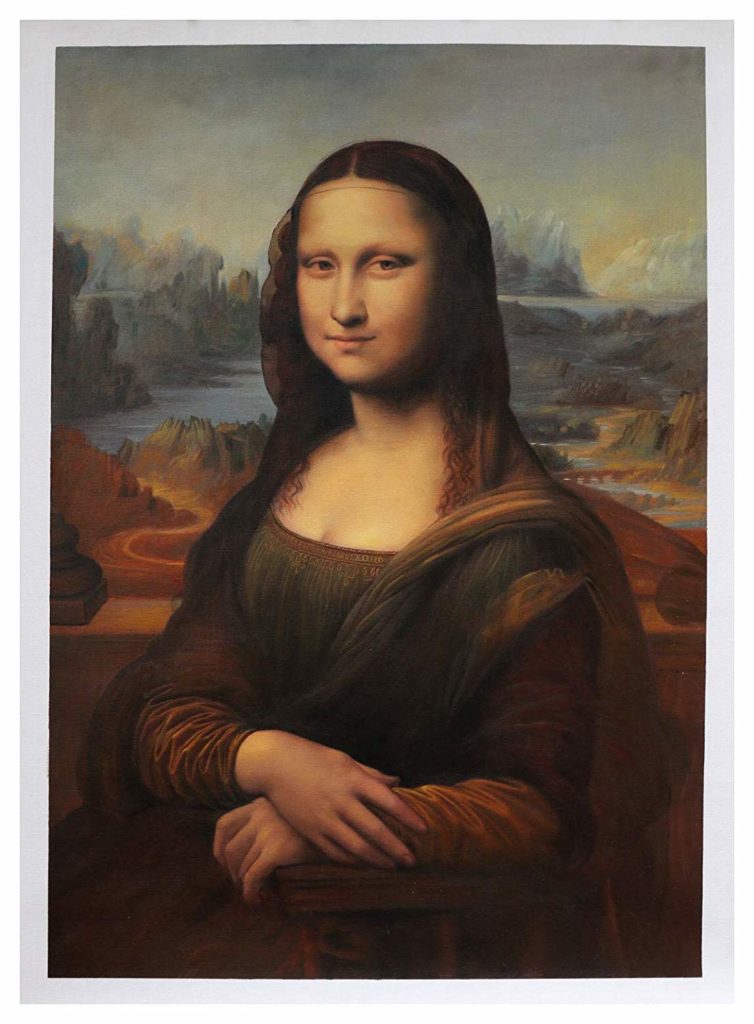
One common task in the IELTS Reading test is the True, False, Not Given exercise. In this task, you must read a passage of text and respond to a set of statements to say whether they are True, False or Not Given based on the information you have read in the passage.
It is essential to remember, in this type of exercise, that you shouldn’t be using your general knowledge or opinions. Instead, all of your answers should be based on the information in the passage.
To help you to prepare for this type of exercise, try out the practise exercise below. Read the passage, decide whether each statement is True (T), False (F), or Not Given (NG) and then check your answers. Simple explanations to answers have been given to help your understanding. If you are preparing for the IELTS reading test, we recommend that you try this exercise out to improve your reading skills.
One top tip for this exercise is to remember that you only give the response False if the statement is actually incorrect. If the information is just not included, remember to answer with Not Given.
Exercise 3: The Mona Lisa

Reading Passage
Mona Lisa, also known as La Gioconda, is the wife of Francesco del Giocondo. This painting is painted as oil on wood. The original painting size is 77 x 53 cm (30 x 20 7/8 in) and is owned by the Government of France and is on the wall in the Louvre in Paris, France.
This figure of a woman, dressed in the Florentine fashion of her day and seated in a visionary, mountainous landscape, is a remarkable instance of Leonardo’s sfumato technique of soft, heavily shaded modelling. The Mona Lisa’s enigmatic expression, which seems both alluring and aloof, has given the portrait universal fame.
The Mona Lisa’s famous smile represents the sitter in the same way that the juniper branches represent Ginevra Benci and the ermine represents Cecilia Gallerani in their portraits, in Washington and Krakow respectively. It is a visual representation of the idea of happiness suggested by the word “gioconda” in Italian. Leonardo made this notion of happiness the central motif of the portrait: it is this notion which makes the work such an ideal. The nature of the landscape also plays a role. The middle distance, on the same level as the sitter’s chest, is in warm colours. Men live in this space: there are a winding road and a bridge. This space represents the transition between the space of the sitter and the far distance, where the landscape becomes a wild and uninhabited space of rocks and water which stretches to the horizon, which Leonardo has cleverly drawn at the level of the sitter’s eyes.
Questions
Decide if the following statements are True (T), False (F), or Not Given (NG):
- Francesco del Giocondo was the wife of Leonardo da Vinci.
- The French government bought the painting in Paris, France.
- The Mona Lisa was painted by an artist named Leonardo.
- The painting is well-known around the world.
- The word “Giaconda” in Italian means “happiness”.
- The countryside depicted in the background is also important to the meaning of the painting.
- The artist liked to use warm colours in his artistic work.
- The wild and uninhabited space depicted in the landscape refers to the difficult path of life.
Answers
- False – in fact, Mona Lisa was the wife of Francesco del Giocondo.
- Not Given – we are told that the French government bought the painting and that it is on display in Paris, France but it does not say if this is where it was bought.
- True – “This figure of a woman…is a remarkable instance of Leonardo’s sfumato technique” This quote tells us that Leonardo was the artist and this painting includes his ‘sfumato technique’.
- True – we are told that the painting “..universal fame”.
- True – “It is a visual representation of the idea of happiness suggested by the word “Gioconda” in Italian” – this quote tells us that the painting represents happiness which is known as “Giaconda” in Italian.
- Not Given – we are only told that a part of the painting “is in warm colours” – not whether this was something the artist liked to do or not.
- Not Given – there is a wild and uninhabited space depicted but we are not told that this refers to the difficult path of life.
